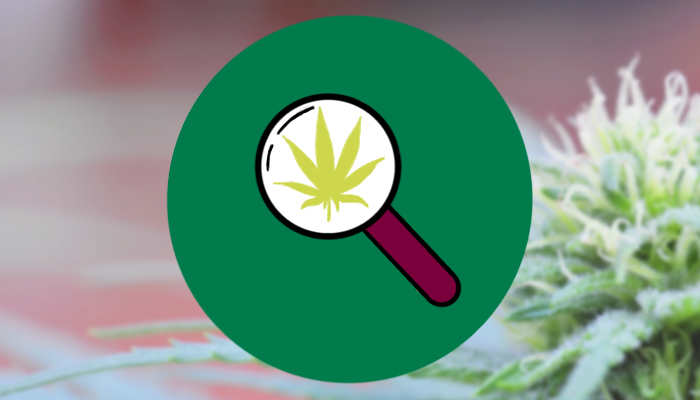Is there an increased risk for fatal car accidents on April 20th?

Why was this study conducted? What does this study add? Is there anything else I should know? Staples JA, Redelmeier DA. The April 20 cannabis celebration and fatal traffic crashes in the United States [Letter]. JAMA Internal Med 2018; 178(4):459-571
Staples JA, Redelmeier DA. The April 20 cannabis celebration and fatal traffic crashes in the United States [Letter]. JAMA Internal Med 2018; 178(4):459-571 Abstract
Why was this study conducted?
Driving simulation studies indicate that a higher level of the psychoactive element in cannabis (Δ9-tetrahydrocannabinol or THC) decreases reaction time and increase variability in speed and lane position, thereby increasing the risk of traffic accidents. For this study, the authors used the U.S. National Highway Traffic Safety Administration’s Fatality Analysis Reporting System to determine whether a day associated with increased cannabis consumption (420 or 4/20, also known as Weed Day) increases the risk of fatal traffic accidents. Although its history is unclear, the tradition of gathering 4:20 p.m. on April 20 to consume cannabis appears to have originated in California in 1971 and by the 1990s had spread throughout the U.S. and Canada. Using. For this analysis, U.S. traffic fatalities occurring after 4:20 p.m. on April 20 during the period 1992 to 2016 (cases) were compared to the number of fatalities during the same time period on the day one week earlier and one week later (controls).
What does this study add?
The relative risk (RR) of a fatal crash was significantly higher on 4/20 than the control days (RR=1.12, p=.001), although the size of the increase was relatively modest (a 12% increase in risk). This increase is comparable to that observed on Super Bowl Sundays, a comparable cultural event that is associated with greater alcohol use. Subgroup analysis found the RR was greater for younger compared to older drivers and in some states (New York, Texas and Georgia) but not others (in Minnesota, the risk actually fell).
Is there anything else I should know?
The authors suggest that these findings and the implications for public safety should be considered when policy makers are developing or changing cannabis legislation. However, it should be noted that the administrative data used for this analysis does not capture the smoking status of those who died from traffic fatalities and/or those responsible for the accidents. The study is a “natural experiment” that takes advantage of a cannabis-specific cultural tradition to investigate potential effects on traffic accidents; it cannot address whether cannabis causes the observed increase.
Archive
